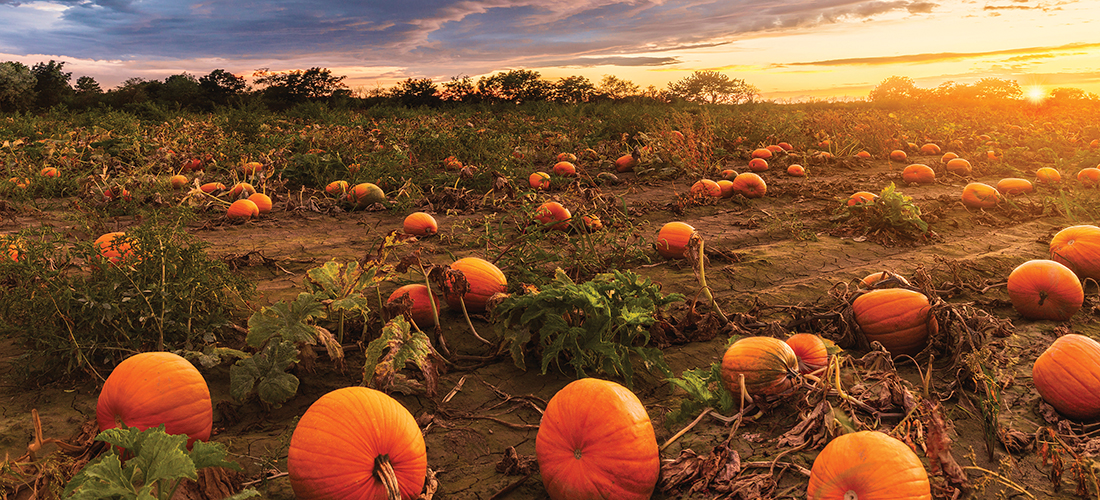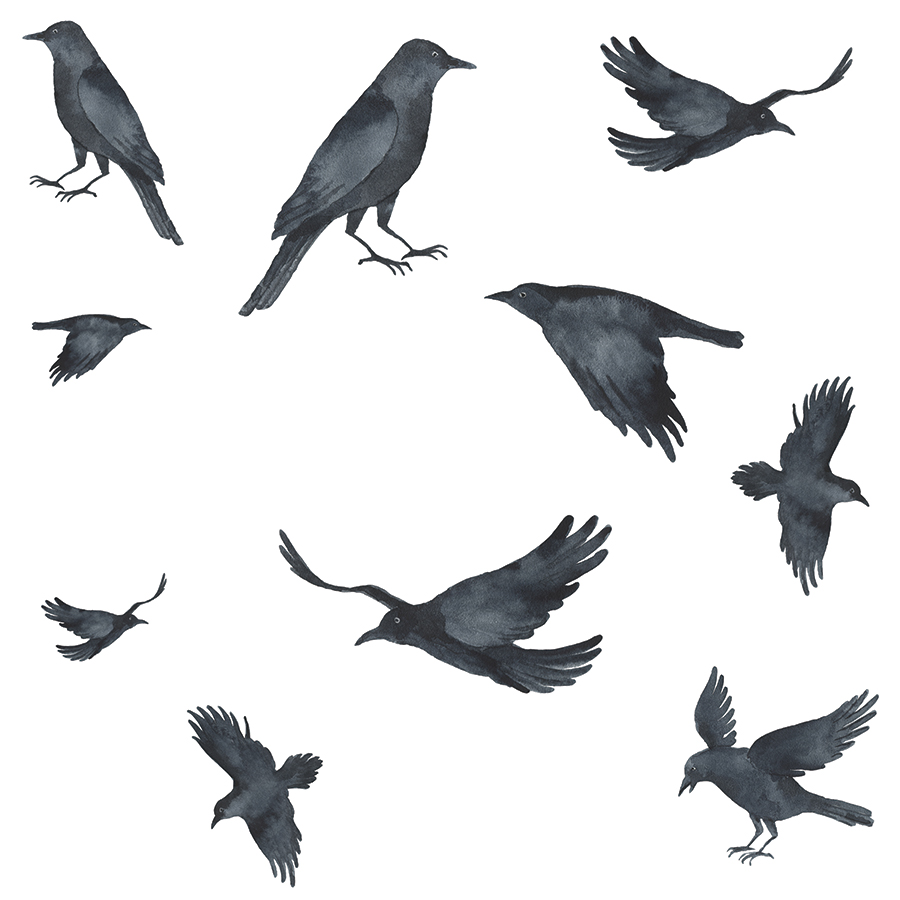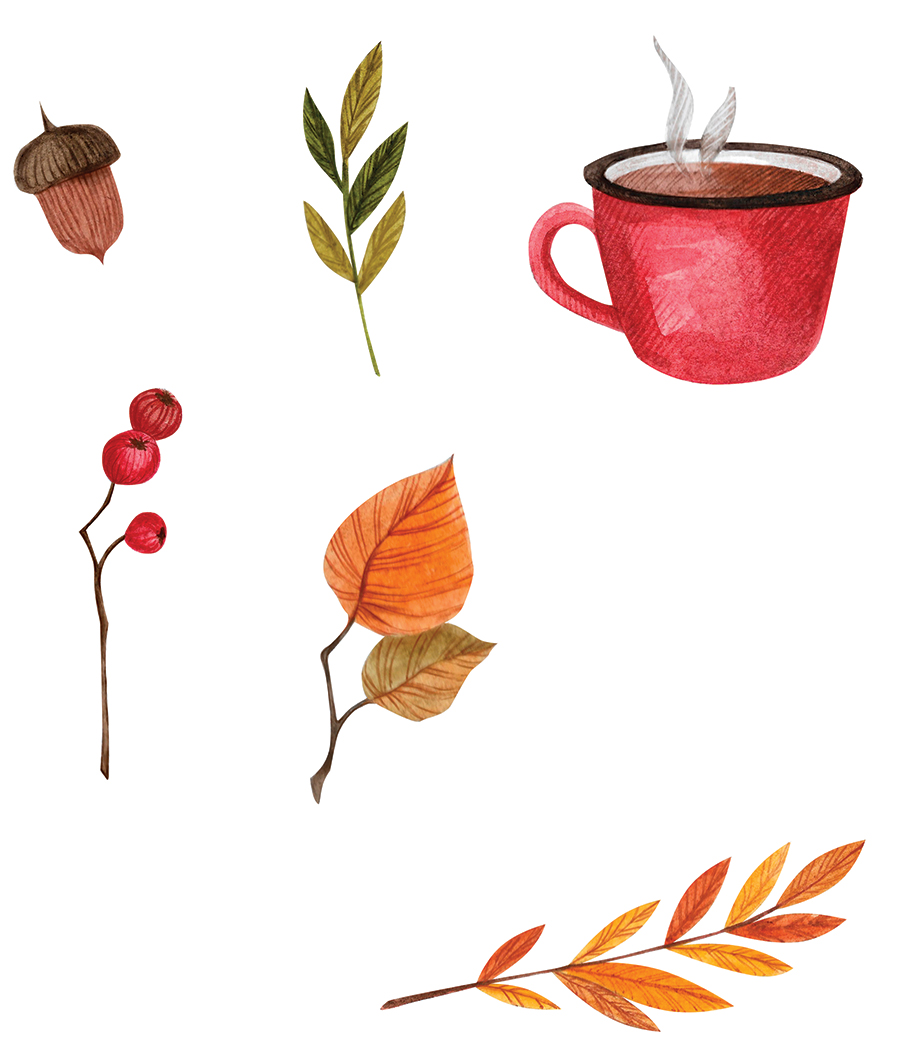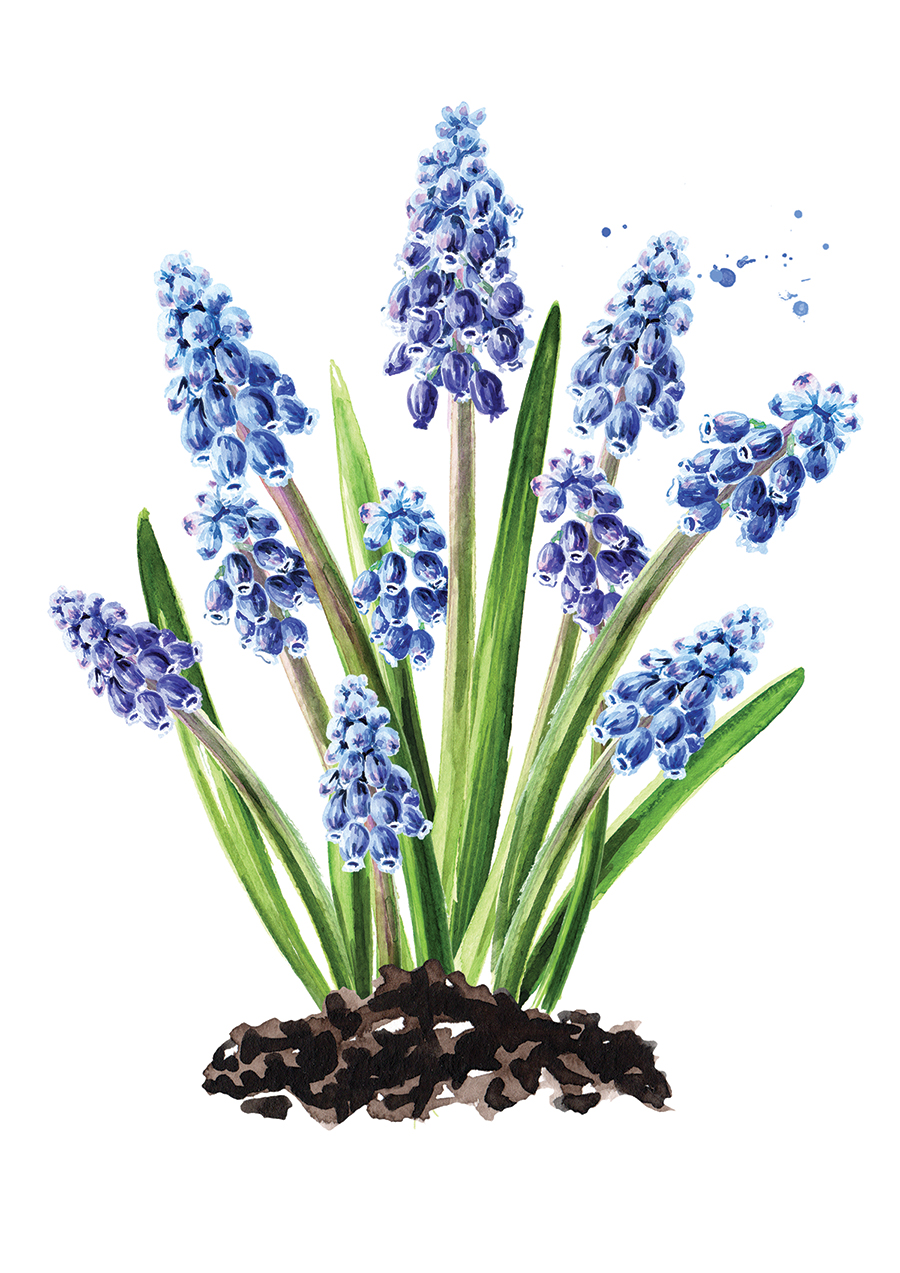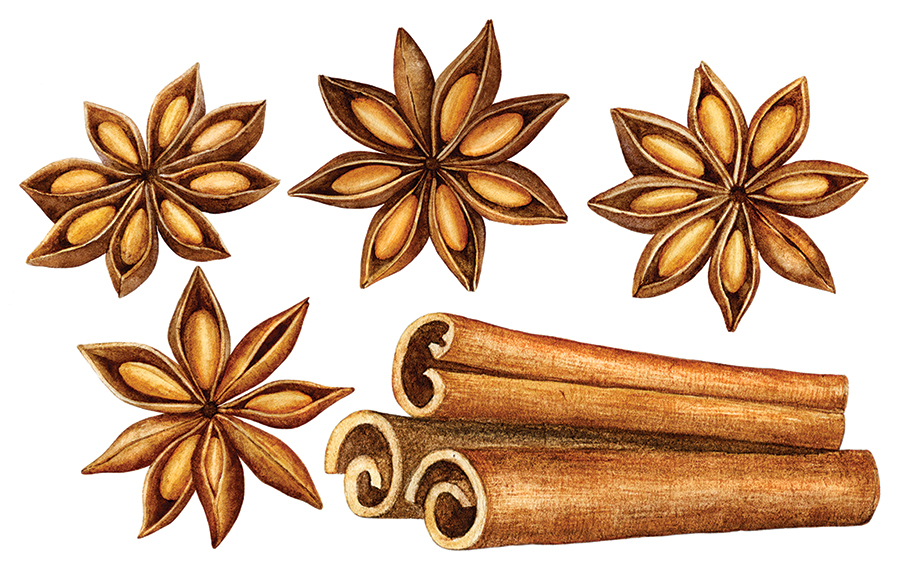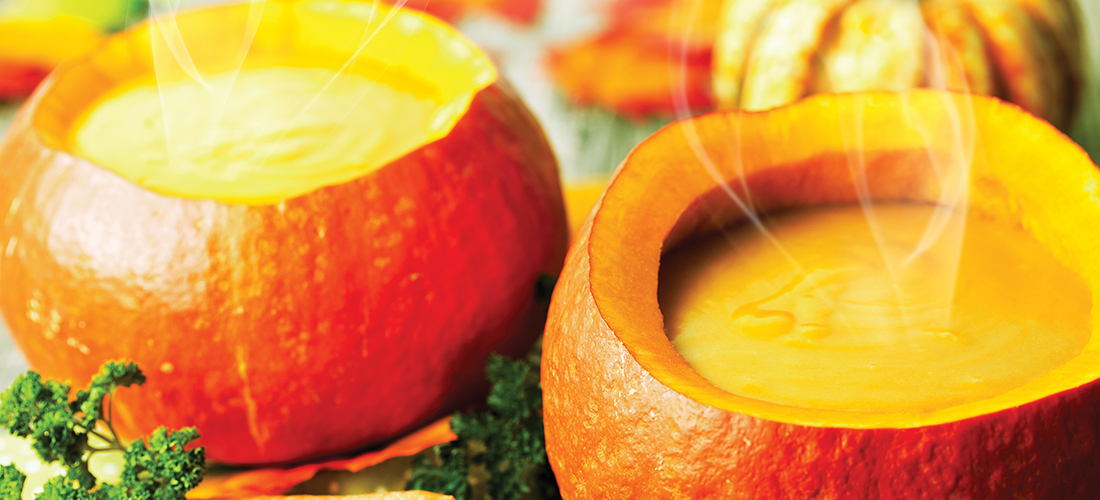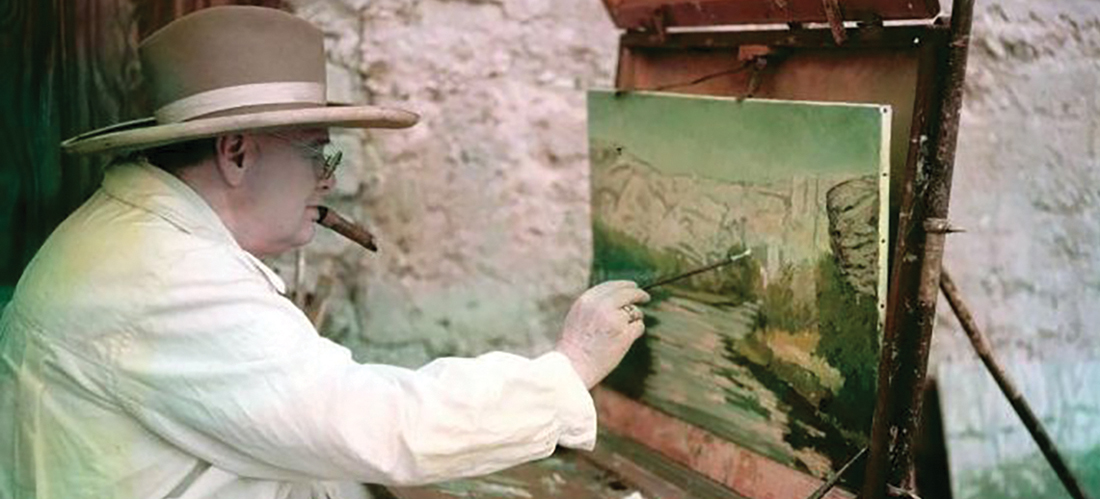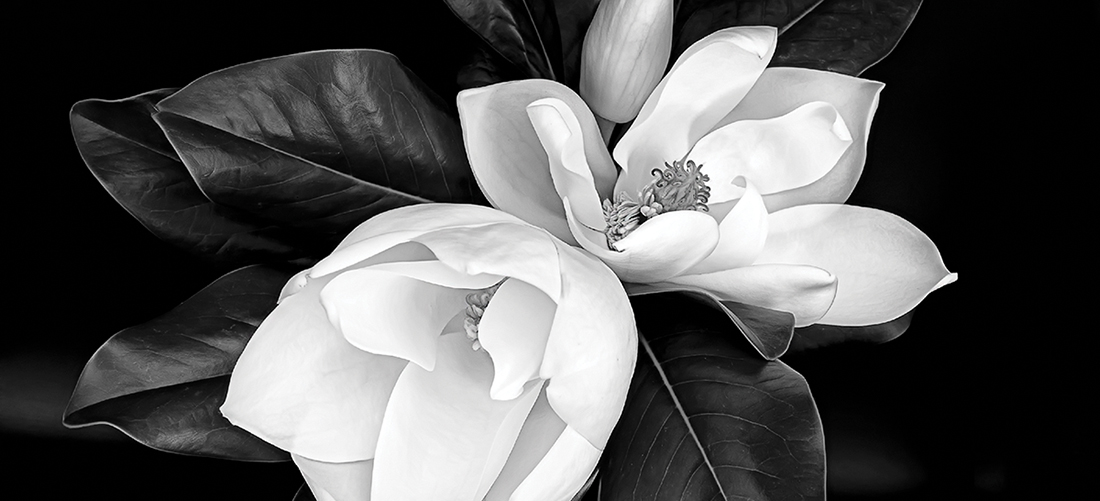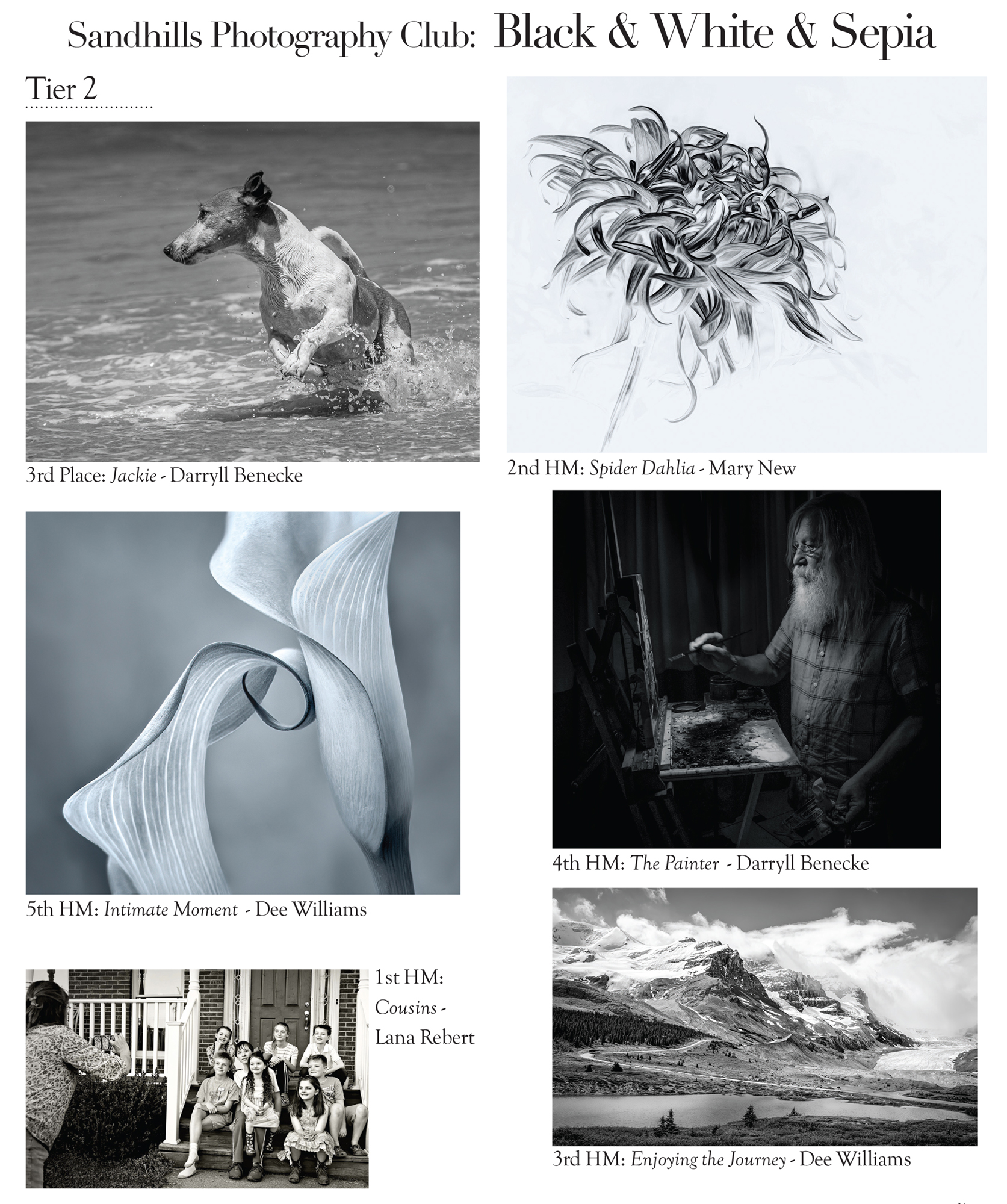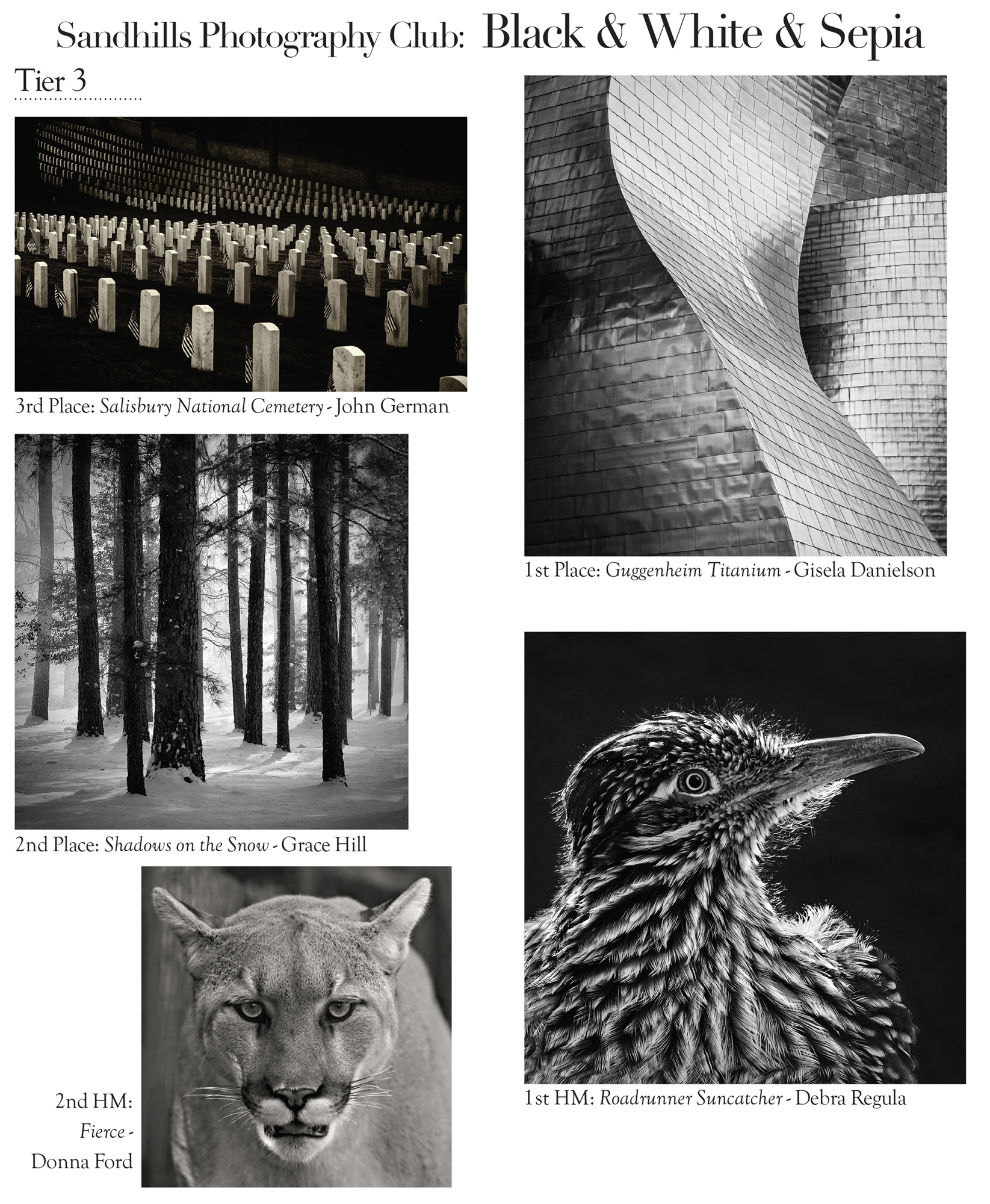My father’s “brush” with history
By Tony Rothwell
“I’ve often noticed that when coincidences start happening they go on happening in the most extraordinary way. I dare say it’s some natural law that we haven’t found out.”
— Dame Agatha Christie
My mother, Myra Hardman, grew up in Manchester, England, in a house called “Como.” In 1937, she married my father, Bill Rothwell, a hotelier. At the outbreak of war in 1939, Dad enlisted in the Lancashire Fusiliers. In 1943, by then commanding a squadron of Churchill Mk.IV tanks, Capt. Rothwell took part in the Salerno landings in Italy, part of a massive plan to drive the Germans out of the country. He remained in Italy until the end of the war in Europe, May of 1945.
Like everyone else, Dad couldn’t wait to come home, but the Army had different plans. They needed a place for managing mopping-up operations and commandeered the Hotel Regina Olga on Lake Como. It was in good condition because the Germans had been using it as a hospital, but who was to run it? Looking through the lists of Army officers with hotel management experience and already in Italy, they found Dad. “Sorry, old boy, you’re not going home just yet,” they told him. “You’re running a hotel for us on Lake Como.”
That my mother had grown up in a house by the same name as the majestic lake where my father concluded his military service seems the merest of coincidences. But they don’t end there.
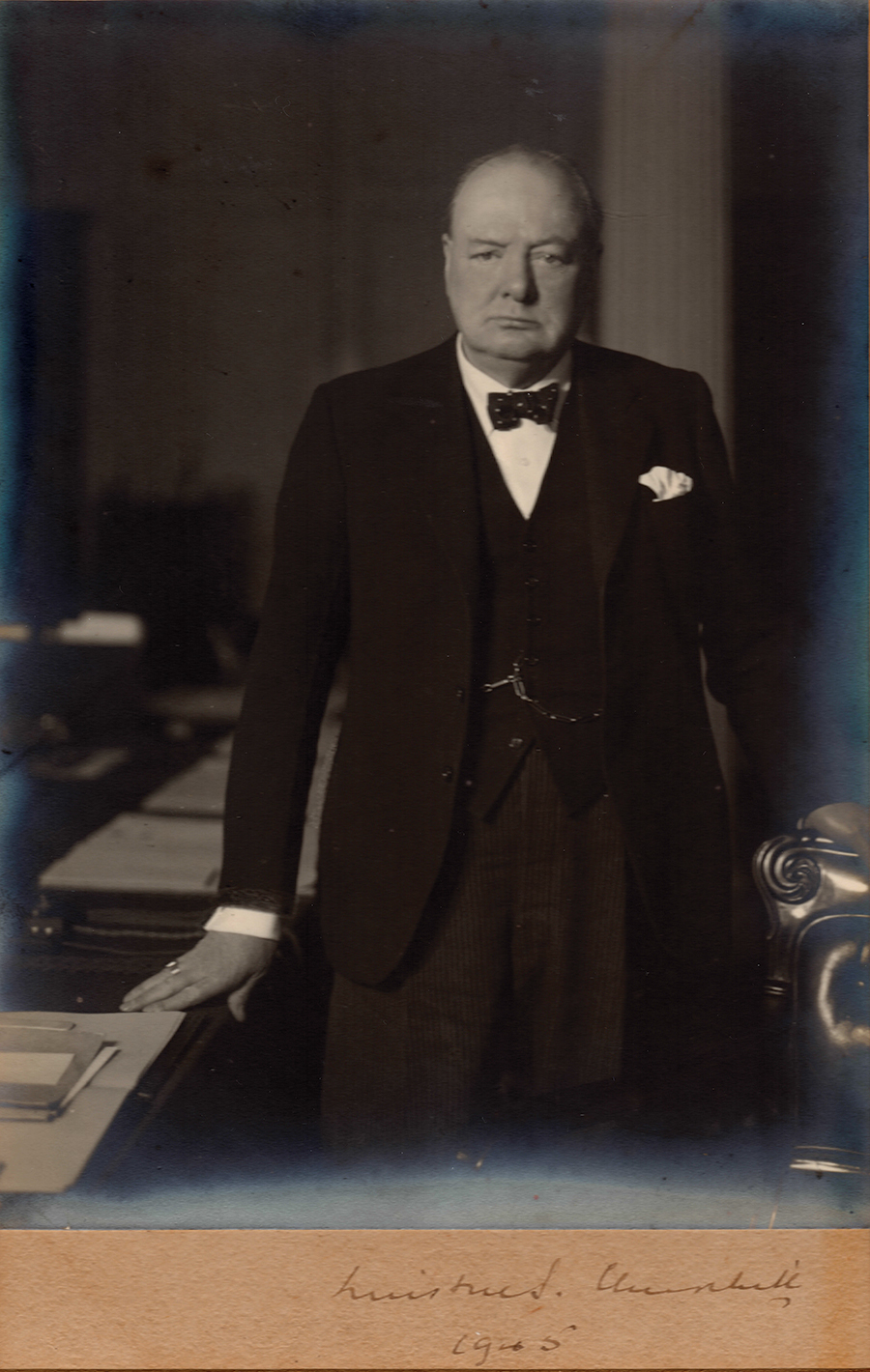
Back in Britain, Churchill’s Conservative Party was shockingly voted out of power in the July general election, and the Labor Party took over. The working class, the private soldiers on the front line, and the women left behind who had made so many sacrifices, were having their say. The man who had rallied Britain when it stood alone with his bulldog courage and commanding oratory was out.
So, what was Churchill to do? He was certainly not going to stay around for everyone to feel sorry for him. He decided he would go somewhere and paint, an interest he’d long neglected during the war years, and accepted an invitation to spend a month on Italy’s Lake Como. The Army, he was told, had a hotel there. And so off he went with his oils, his physician Lord Moran and his personal secretary.
And so, suddenly, out of the blue, the unimaginable. My father found himself looking after one of the most famous people on Earth.
In a fascinating book written by Lord Moran, a compilation of his diaries for the years spent with Churchill from 1940 to 1965, the entry for their first day in Italy, Sept. 3, 1945, reads:
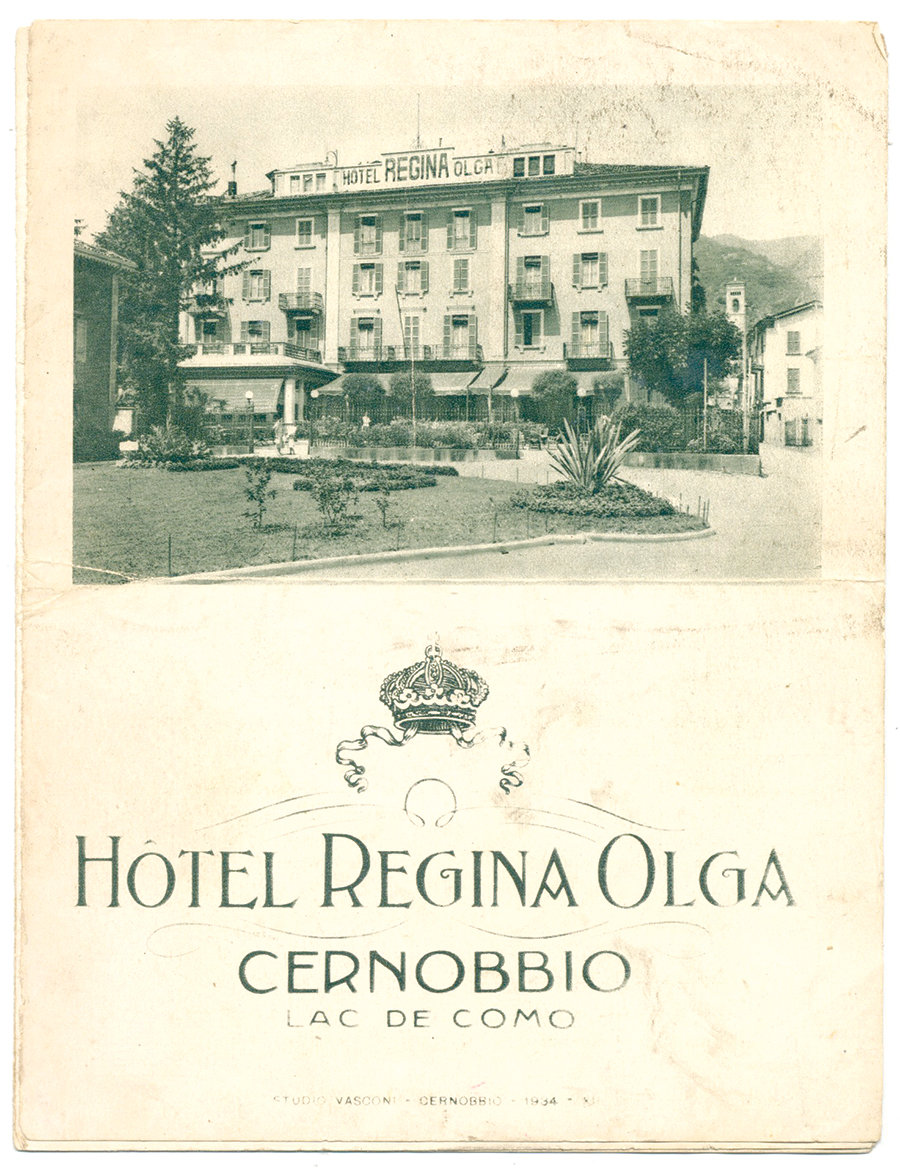
We had planned to set out about ten o’clock to reconnoître the surrounding country for a scene which Winston could paint: However, it was noon before we set off. As we drove round the lake Winston kept his eyes open for running water, or a building with shadows on it, but we stopped for a picnic lunch before he found what he wanted. The “picnic” arrived in a shooting break with his chair and a small table. A score of Italian peasants gathered in a circle and watched us eat. He was in fine spirits.
When he was satisfied that he had found something he could put on canvas, he sat solidly for 5 hours, brush in hand, only pausing from time to time to lift his sombrero and mop his brow.
After dinner Winston was ready to talk of anything: he only mentioned the election once. Eventually he gave a great yawn; when we thought he was about to go to bed he broke into a hymn and sang three verses of “Art Thou Weary.”
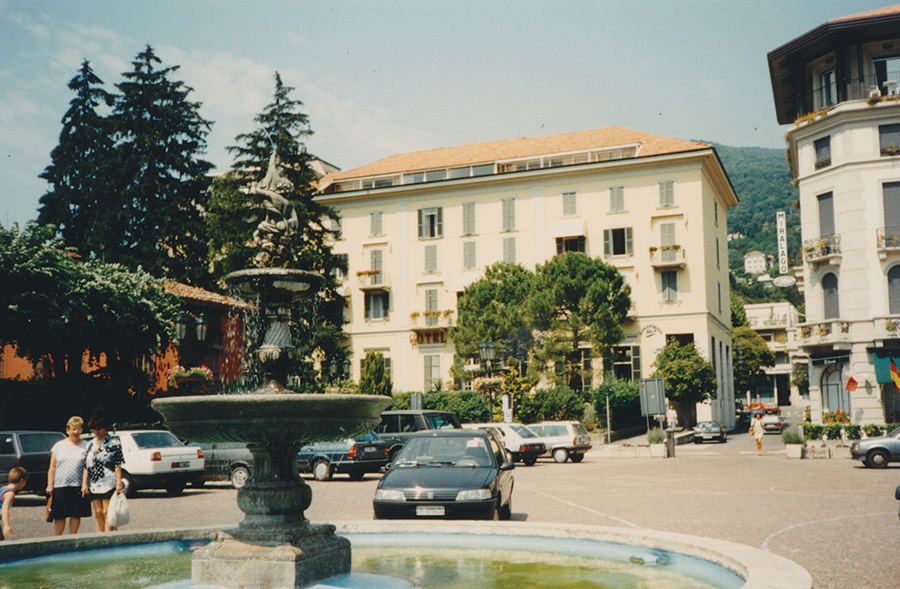
Over the next few weeks Dad sent sandwiches and drinks down to the lakeshore many times but on one occasion he joined Churchill for lunch and years later related part of their conversation to my brother and me.
“Do you have children, Rothwell?” Churchill asked.
“I have two boys, sir,” he replied. “In fact, I just received a letter from home with a photograph.”
“Let me have a look,” Churchill said. After studying the photo for a few seconds, he said, “They say all babies look like me.”
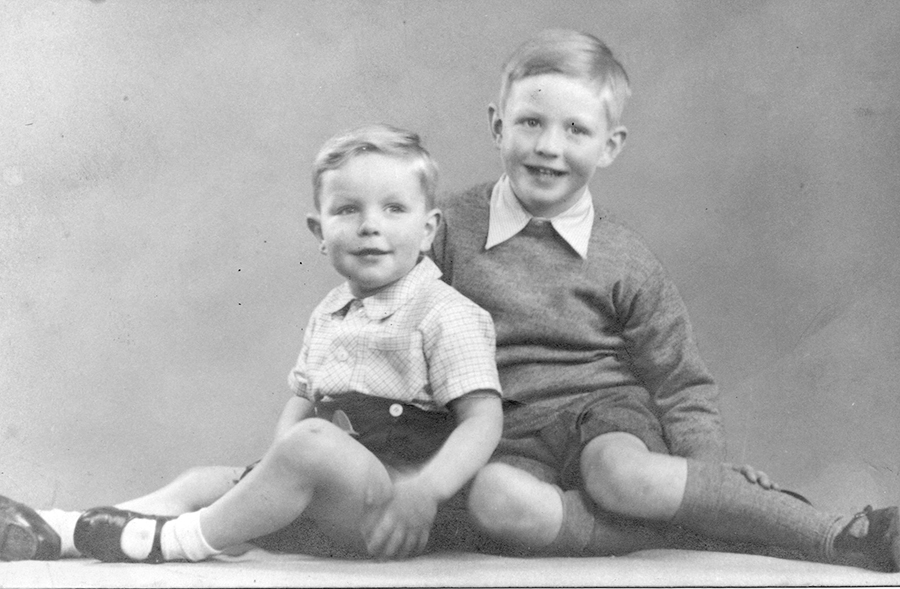
At the end of lunch Churchill got out his cigars and offered one to Dad, who had just lit a cigarette. Because he was smoking already, Dad felt it would be bad form to accept the offer and became, perhaps, the only man ever to refuse a cigar from Churchill. All was not lost. After Churchill’s return to England, he sent Dad a signed photograph, a prized family possession.
The great man died in 1965 on Jan. 24, aged 90. After he had lain in state for three days, the funeral took place in St. Paul’s Cathedral in front of one of the largest gatherings of world dignitaries ever assembled. Following the service, the coffin was taken by launch down the Thames, past the House of Commons, and then by train to Bladon in Oxfordshire for burial in the family site at St. Martin’s Church. This is close to Blenheim Castle, the seat of John Churchill, 1st Duke of Marlborough, Winston’s ancestor and a national hero, following his great victory at the Battle of Blenheim in 1704. Then 22, I commemorated the day of the funeral with a drawing. In yet another coincidence, my father’s last hotel before retirement was The Marlborough Head Hotel in Dedham, Essex, named for John Churchill.
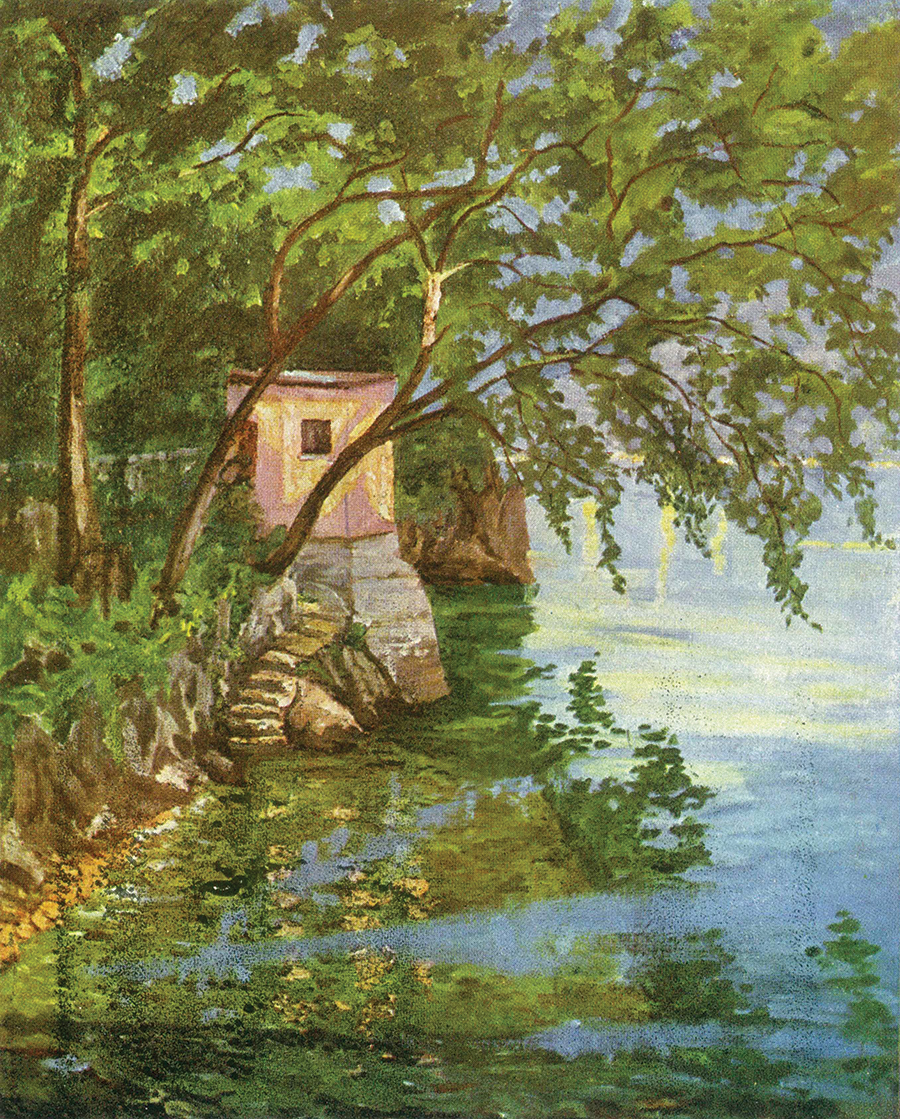
Later, when I lived in London in the early 1980s, I worked for a financial investment company that had a hotel portfolio for which I was responsible. The owner of the company happened to live next door to Churchill’s house, “Chartwell,” south of London in Kent. My wife, Camilla, and I were among the guests invited there one weekend. After dinner that Saturday, our host asked us all to follow him through a door and down some stairs and along a narrow corridor. He opened a door and put on the lights. We were in a small, whitewashed room off which were a bedroom, a kitchen and a bathroom. He pointed to a sealed door and informed us that behind it was a tunnel that led to Churchill’s house, and that we were standing where Churchill worked when he came down to Chartwell during the war. It was presumed that spies watched Churchill’s every move, and by working under the house next door he stood a better chance of surviving if attackers somehow managed to blow up his house.
In 2015, Camilla and I visited London and made a point of going to the war rooms near 10 Downing Street to see where Churchill spent his days and nights during those dreadful years. Adjoining them is a small Churchill Museum. Of all the many exhibits we saw there, two items stood out: his school reports, which basically said he would never amount to anything, and — the last coincidence — out of the hundreds of paintings he did in his lifetime, there was just one on display. It was of Lake Como. PS
Tony Rothwell, a Brit, moved to Pinehurst in 2017, exchanging the mind-numbing traffic of Washington, D.C., for less traffic, better weather and the vagaries of golf. He spent 50 years in the hotel business but in retirement writes short stories, collects caricatures, sings in the Moore County Choral Society, and with his wife, Camilla, enjoys the many friends they have made in the Sandhills. Email ajrothwell@gmail.com

